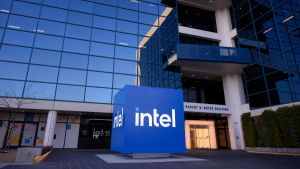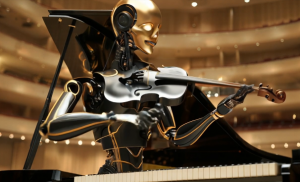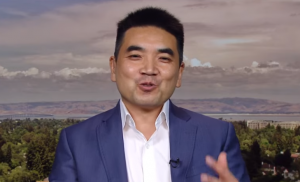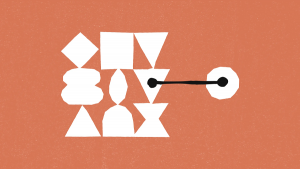What is it about Paris that Makes it Look Like, Well, Paris?
![]() Some people might say that the city possesses a certain je ne sais quoi, others might point to the iconic Eiffel Tower, but for a new machine-learning program created by Carnegie Mellon, it’s the window balustrades, third-floor cast-iron balcony railings, molding on wooden doors, and even the shape of the streetlamps that make the French capital unique.
Some people might say that the city possesses a certain je ne sais quoi, others might point to the iconic Eiffel Tower, but for a new machine-learning program created by Carnegie Mellon, it’s the window balustrades, third-floor cast-iron balcony railings, molding on wooden doors, and even the shape of the streetlamps that make the French capital unique.
Big data mining, as the technique is known, describes the process of culling very large databases for specific patterns. It’s a widely used technique, although previously it has only been done with numerical and text-based data.
The program analyzed more than 40,000 images from 12 international cities in Google Street View to try and identify the visual signs that distinguish them from others. London was also noted for its balcony railings, although in this case, they tend to be on the second floor and are usually made from stone. In addition, London’s buildings stand out for their neoclassical entryways supported by columns on either side.
New York City was noted for its prevalence of fire escapes, while in San Francisco, the software tended to focus on the city’s famous bay windows. For the most part though, it seems that US cities are a bit on the tedious side, with not that many differences to tell them apart. Indeed, the software, which was developed with help from INRIA/Ecole Normale Supérieure, had to go to the lengths of studying different road tunnel brands and the types of cars on the road just to make some distinctions.
“This might be explained by the relative lack of stylistic coherence and uniqueness in American cities (with its melting pot of styles and influences), as well as the supreme reign of the automobile on American streets,” offered the researchers by way of explanation.
From the software’s point of view, the biggest difficulty was sorting through all of the ‘useless’ visual data, such as concrete, trees and sky, to find the little bits and pieces that are what the researchers call “geo-informative”. The program had to teach itself to identify window balustrades, and not just so it could tell what one is – but also to learn the subtle differences between different balustrades in various cities to tell them apart.
The program ended up with a long list of features that could be used to correctly identify the French capital 83% of the time. However, Paris wasn’t the most instantly recognizable city. Instead, that honor goes to Prague, which the program could correctly identify 92% of the time.
These features can apparently be used by humans too. Following their analysis, researchers did a web study of people who had been to Paris before – subjects were able to pick out feature-filled images of Paris from those of Prague 79% of the time. Compare this with the 58% success rate when people were only shown random (featureless) images from Google Street View, and we have proof that the researchers are definitely onto something.
The research suggests that computers and humans are not all that different when it comes to using visual cues to tell one city apart from another – the only difference is that people most likely do so without realizing it.
Feel like giving it a go? Then try your hand at the researcher’s Paris-NonParis Test and see for yourself if it works – and let us know how you get on!
A message from John Furrier, co-founder of SiliconANGLE:
Your vote of support is important to us and it helps us keep the content FREE.
One click below supports our mission to provide free, deep, and relevant content.
Join our community on YouTube
Join the community that includes more than 15,000 #CubeAlumni experts, including Amazon.com CEO Andy Jassy, Dell Technologies founder and CEO Michael Dell, Intel CEO Pat Gelsinger, and many more luminaries and experts.
THANK YOU











